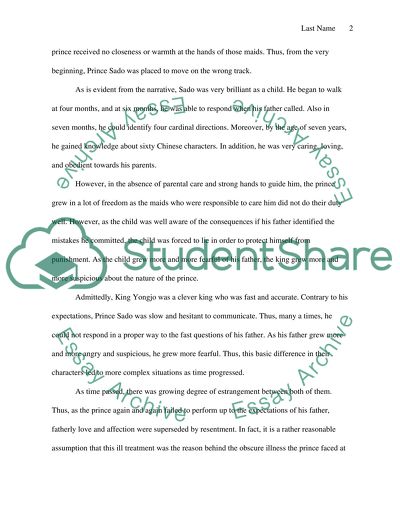Cite this document
(“The Memoirs of Lady Hyegyong Essay Example | Topics and Well Written Essays - 2000 words”, n.d.)
Retrieved from https://studentshare.org/literature/1439431-the-memoirs-of-lady-hyegyong
Retrieved from https://studentshare.org/literature/1439431-the-memoirs-of-lady-hyegyong
(The Memoirs of Lady Hyegyong Essay Example | Topics and Well Written Essays - 2000 Words)
https://studentshare.org/literature/1439431-the-memoirs-of-lady-hyegyong.
https://studentshare.org/literature/1439431-the-memoirs-of-lady-hyegyong.
“The Memoirs of Lady Hyegyong Essay Example | Topics and Well Written Essays - 2000 Words”, n.d. https://studentshare.org/literature/1439431-the-memoirs-of-lady-hyegyong.


